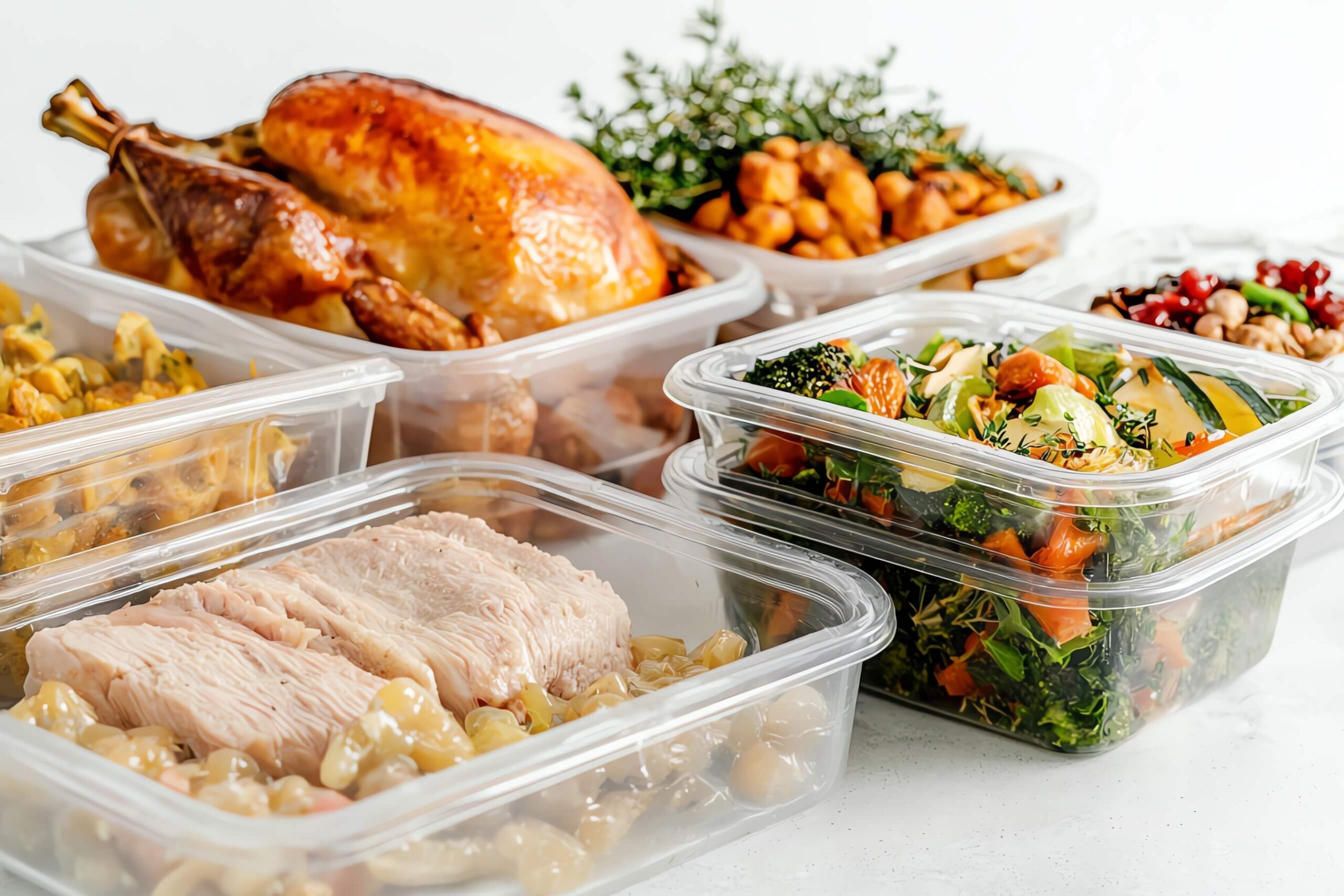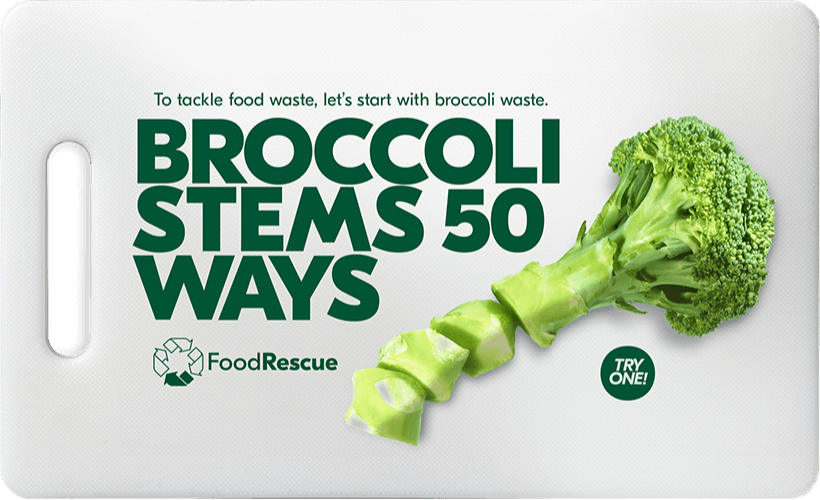The journey to eco-kitchens involves mindful choices and innovative storage. Cumulative impacts resonate globally. By embracing this path, we embrace a planet-friendly stance, working to reconcile food waste and scarcity disparities.
As customer choices shift towards more sustainable choices, the significance of sustainability has prompted us to reevaluate our choices and habits, not only out of desire but necessity. This becomes apparent in our homes where we spend a significant amount of time – in the kitchen! The importance of adopting eco-conscious practices in the culinary domain extends far beyond reducing our carbon footprint; it holds the potential to help drive substantial positive change, and help reduce food waste and food insecurity.
With one-third of the world’s food production being squandered annually, while simultaneously one-third of the global population grapples with food insecurity, by embracing a more sustainable mindset, we not only help reduce our impact on the environment but also help contribute to a more equitable distribution of resources, fostering a world where abundance can coexist with empathy.
The average Canadian household discards approximately $1,300 worth of food each year.
In order to help create a more eco-friendly kitchen, there are simple yet impactful steps that can be seamlessly integrated into our daily routines.
4 ways to help create a more eco-friendly kitchen
Listed below are simple swaps and steps to help build a more sustainable kitchen, shared by our expert, Shonah Chalmers – Sustainable Culinary Professor at Humber College:
1. Swap disposable products
A simple first step is to swap out disposable products, ranging from utensils and dishware to cleaning aids such as sponges and dish cloths, for washable and reusable alternatives which represents a stride towards reducing single-use plastic consumption. The act of consciously choosing reusables over disposables is a small yet powerful action that can help reduce plastic waste, and can work to alleviate the strain on our environment and oceans. Substitute conventional household cleaners with eco-friendly alternatives or create your own homemade cleaners using natural ingredients.
Using clear containers, ideally glass, to store leftovers can diminish instances of forgotten food items languishing in the depths of the refrigerator. The visual accessibility of stored items can help reduce the likelihood of them being overlooked and eventually wasted. These reusable containers not only help preserve the freshness of your food but also help eliminate the need for disposable packaging, curbing waste even more. Maintaining a log of current items and best-before dates is a small thing that can also be beneficial. This is twofold—the log can help take away the mental load and also acts as a guide to ensure you are not overbuying.
2. Batch cooking
A strategic approach to meal planning and batch cooking is another cardinal facet of a sustainable kitchen. By organizing meals that align with your needs and batch cooking to minimize waste, not only can you work to conserve resources, but precious energy is preserved as well, which may mean reduced utility bills.
3. Seperate waste and recycling
Making a more conscious commitment to sort waste and recycling properly, can help promote effective waste management practices. The simple act of separating your waste into recyclables, compostables, and non-recyclables can help decrease the environmental burden on landfills, allowing for more sustainable waste disposal methods to flourish. Educating yourself on your local area’s rules and regulations around recycling and waste management is another step in the right direction.

4. Use every part of the food
The practice of simultaneously preparing ingredients for future meals while already cooking can lead to energy savings and streamlined culinary endeavors. Embrace the principle of using the entirety of an item. A prime example is in the case of broccoli, where the often-discarded stems can be repurposed for salads or coleslaws, translating to less waste and a more resourceful kitchen.
The journey towards an eco-friendly kitchen encompasses a multifaceted approach, from mindful ingredient selection to innovative storage solutions. The cumulative impact of these seemingly small adjustments extends far beyond our individual homes and spaces.
In the quest for a greener future, our kitchens can help serve as catalysts for positive change, nurturing both the environment and our communities.





